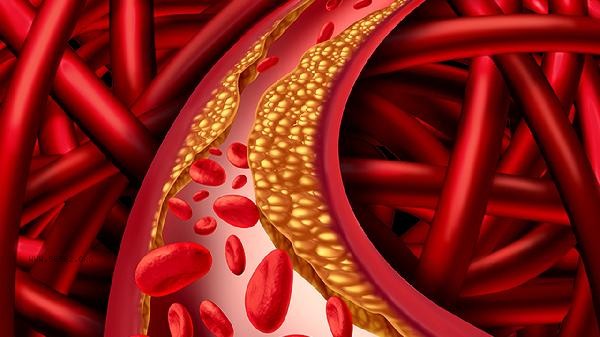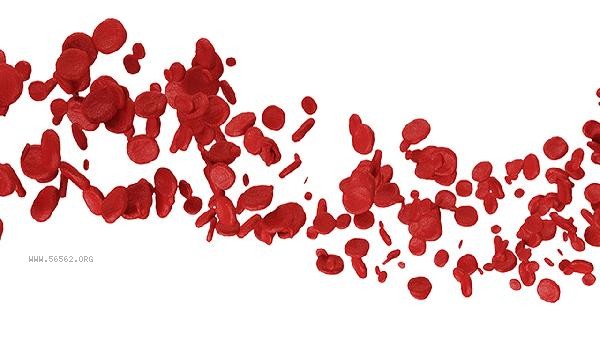A high hematocrit usually indicates blood concentration or an increase in red blood cells, which may be related to factors such as dehydration, altitude sickness, polycythemia vera, chronic hypoxic diseases, kidney tumors, etc.

1. Dehydration:
A large loss of body fluids can lead to blood concentration, causing a relative increase in hematocrit. Commonly seen in situations such as failure to replenish water in a timely manner after intense exercise, severe diarrhea, or vomiting. supplementing electrolyte solution can quickly improve the condition, and it is necessary to maintain a daily water intake of 1500-2000 milliliters.
2. High altitude sickness:
Low oxygen environment stimulates compensatory proliferation of red blood cells in the bone marrow, and the indicators may be higher in people who live at an altitude of 2500 meters or more for a long time. Accompanied by symptoms of headache and fatigue, it is necessary to gradually adapt to the environment and monitor blood oxygen saturation, and perform oxygen therapy if necessary.
3. Polycythemia vera:

Myelodysplastic disease leads to abnormal proliferation of red blood cells, with hemoglobin often exceeding 180g/L. Symptoms such as skin flushing and dizziness may occur, and diagnosis should be made through JAK2 gene testing. Treatment may include bloodletting therapy or medication such as hydroxyurea.
4. Chronic hypoxic diseases:
Patients with chronic obstructive pulmonary disease, congenital heart disease, etc. experience increased secretion of erythropoietin due to tissue hypoxia. The typical manifestation is cyanosis of clubbed fingers and lips, which requires oxygen therapy or surgical treatment for the primary disease.
5. Renal tumors:
Renal cancer or cysts may secrete erythropoietin abnormally, leading to secondary erythrocytosis. Accompanied by symptoms such as lumbar mass and hematuria, a clear diagnosis should be made through CT examination. After surgical removal of the lesion, the indicators can return to normal.

found that the hematocrit remained consistently high, and lung function, cardiac ultrasound, renal imaging, and other examinations should be improved. Daily smoking should be avoided and sleep quality should be ensured. Residents in high-altitude areas can consume appropriate amounts of blood activating and stasis removing foods such as hawthorn and celery. Athletes and heavy laborers should pay attention to fluid replacement before and after exercise, and regularly monitor blood rheology indicators. Pregnant women with abnormal indicators should rule out gestational hypertension, and children should be alert to the possibility of congenital heart disease.








Comments (0)
Leave a Comment
No comments yet
Be the first to share your thoughts!